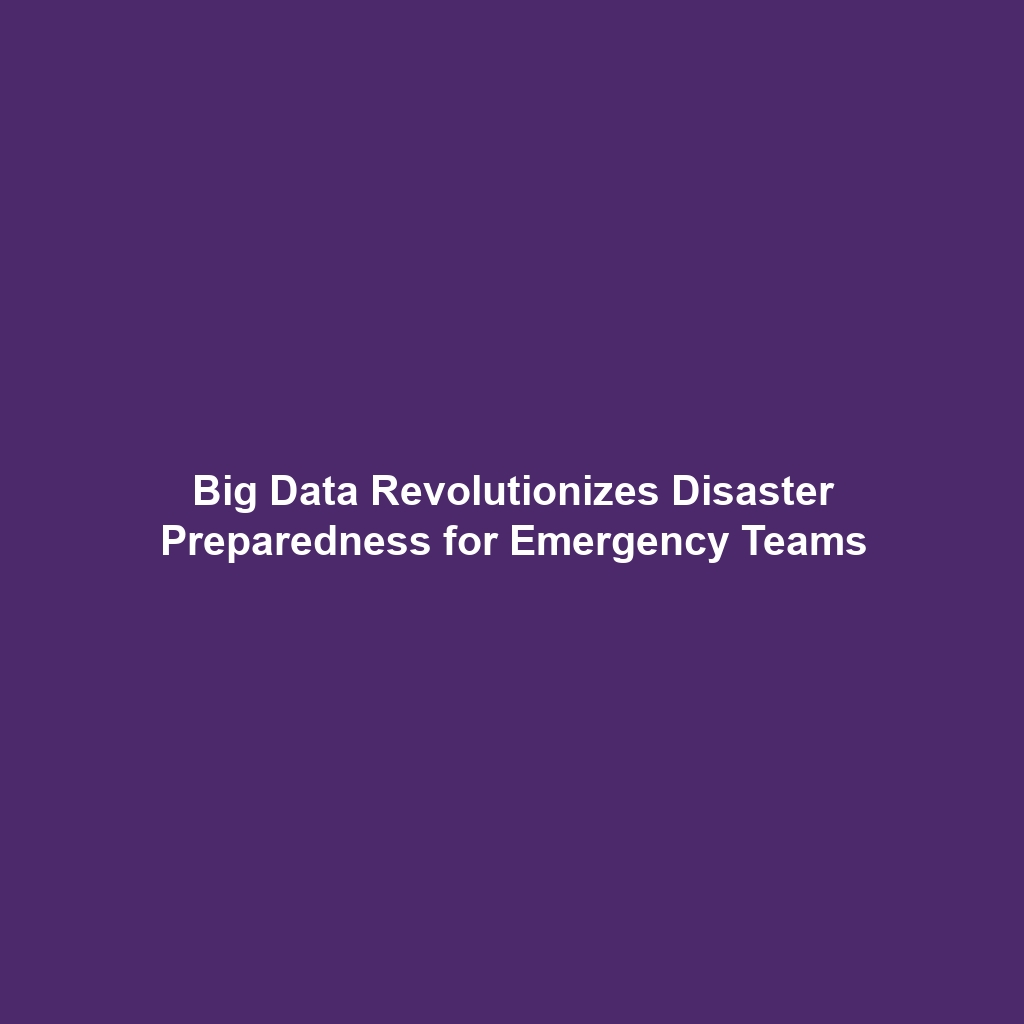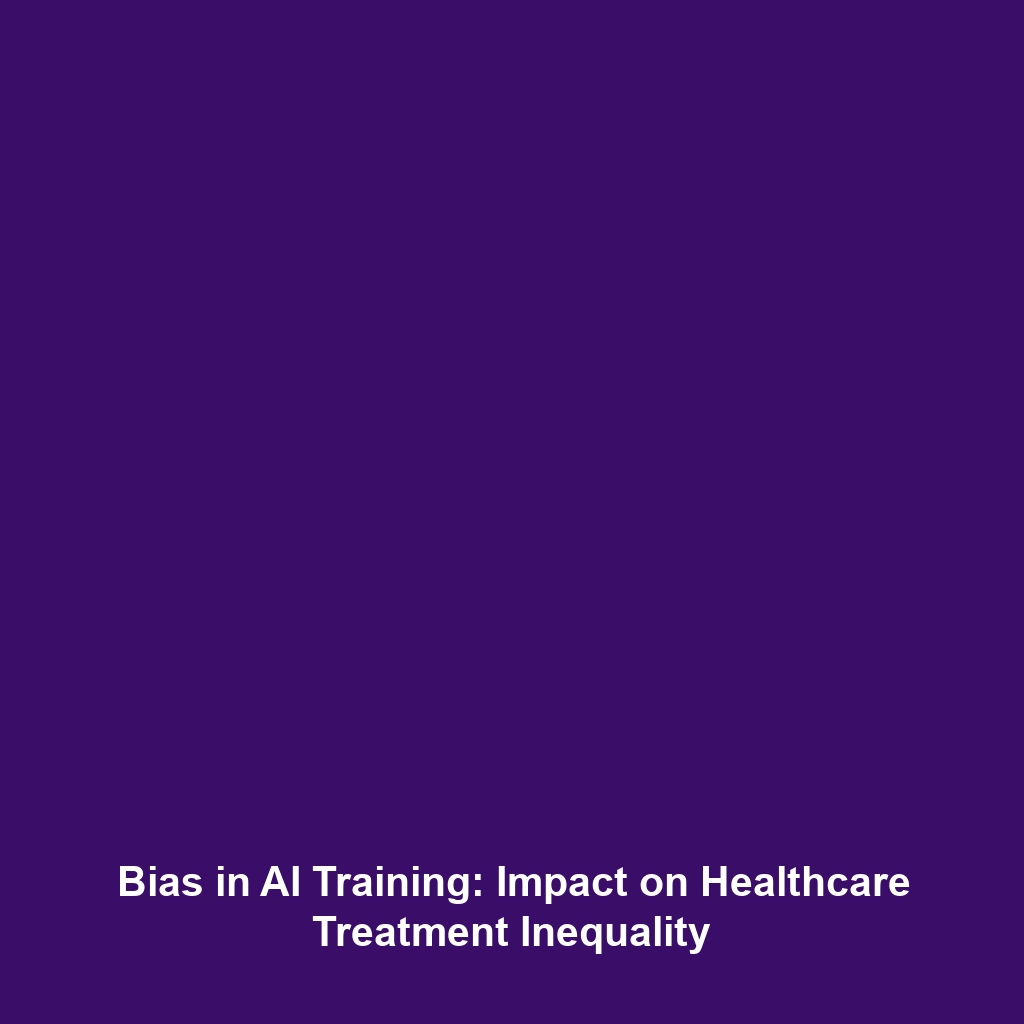How Weak Governance, Corruption, and Lack of Resources Undermine Efforts to Enforce Environmental Protections
Introduction
In recent years, the impact of deforestation and biodiversity loss has reached critical levels, bringing attention to the vital role of effective governance in environmental protection. Weak governance, rampant corruption, and inadequate resources serve as significant barriers to enforcing environmental protections. This includes the regulation of land use, compliance with environmental laws, and the monitoring of illegal activities such as logging and poaching. Understanding these factors is essential in addressing the global crisis of deforestation and biodiversity depletion, highlighting the urgent need for reform.
Key Concepts
Several core concepts contribute to the understanding of how weak governance, corruption, and a lack of resources undermine efforts in the realm of environmental protections:
- Weak Governance: Defines the limitations of state institutions in establishing and enforcing laws meant to safeguard natural resources.
- Corruption: Involves the exploitation of public office for private gain, leading to the improper allocation of funds and resources meant for environmental protection.
- Lack of Resources: Refers to insufficient financial, technical, or human resources dedicated to enforcing environmental laws and regulations.
These concepts collectively contribute to increased rates of deforestation and biodiversity loss, illustrating a direct link between governance issues and environmental degradation.
Applications and Real-World Uses
Understanding how weak governance, corruption, and lack of resources applies to deforestation and biodiversity loss can lead to actionable strategies. Some real-world applications include:
- Policy Development: Formulating policies that encourage transparency and accountability in environmental governance.
- Community Engagement: Mobilizing local communities to monitor and report illegal activities, strengthening grassroots enforcement efforts.
- Technological Innovations: Utilizing satellite monitoring and blockchain technology to track deforestation and resource allocation effectively.
These examples highlight the necessity of aligning governance with technological advancements and social initiatives to combat environmental degradation.
Current Challenges
Despite efforts to address these issues, there are significant challenges in applying solutions to weak governance and corruption:
- Limited access to accurate data regarding illegal logging and poaching activities.
- Political resistance from local and national leaders who benefit from corrupt practices.
- Insufficient global cooperation and coordinated efforts to implement effective reforms.
- Underfunding of environmental programs, leading to inadequate enforcement of existing regulations.
These obstacles complicate the necessary advancements required to protect the environment effectively.
Future Research and Innovations
Looking ahead, continued research and innovative practices are critical in addressing how weak governance, corruption, and resource scarcity can be mitigated:
- Research on Governance Models: Identifying governance frameworks that are effective in improving environmental regulations.
- Advancements in Monitoring Technologies: Developing AI and remote sensing technologies that can enhance compliance checks and resource management.
- Behavioral Studies: Investigating community behavior towards sustainable practices and the influence of education on governance.
Such innovations have the potential to change the landscape of environmental protection, aiming to reverse trends in deforestation and biodiversity loss.
Conclusion
In summary, weak governance, corruption, and lack of resources considerably undermine efforts to enforce environmental protections, exacerbating deforestation and biodiversity loss. Addressing these issues requires a multi-faceted approach involving policy reform, community engagement, and technological advancements. It is imperative for governments, NGOs, and communities to collaborate effectively to safeguard our natural resources. For further reading on how effective governance can combat environmental issues, check out our articles on sustainable practices in environmental governance and community-driven conservation efforts.









